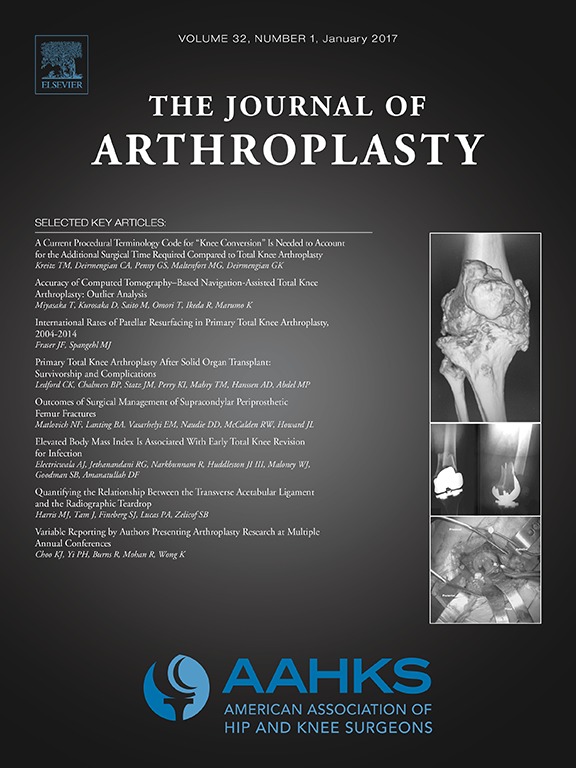
Erythromycin- and Colistin-Loaded Cement vs Plain Cemenet for Infection in Total Knee Arthoplasty

Erythromycin- and Colistin-Loaded Cement vs Plain Cemenet for Infection in Total Knee Arthoplasty
The Use of Erythromycin and Colistin Cement in Total Knee Arthroplasty Does Not Reduce the Incidence of Infection: A Randomized Study in 2,893 Knees With a 9-year Average Follow-Up.
J Arthroplasty. 2024 01-Sep;():. 10.1016/j.arth.2024.04.039Synopsis
Two thousand eight hundred ninety-three knees from patients undergoing primary total knee arthroplasty were randomized to receive plain bone cement (n=1,452) or erythromycin and colistin-loaded bone cement (n=1,441). The primary outcome of interest was the rate of deep prosthetic joint infection. Secondary outcomes included rates of aseptic loosening and antibiotic resistance in infecting organism...
To view the full content, login to your account,
or start your 30-day FREE Trial today.
FREE TRIAL
LOGIN
Forgot Password?
Explore some of our unlocked ACE Reports below!

Learn about our AI Driven
High Impact Search Feature
Our AI driven High Impact metric calculates the impact an article will have by considering both the publishing journal and the content of the article itself. Built using the latest advances in natural language processing, OE High Impact predicts an article’s future number of citations better than impact factor alone.
Continue



 LOGIN
LOGIN

Join the Conversation
Please Login or Join to leave comments.